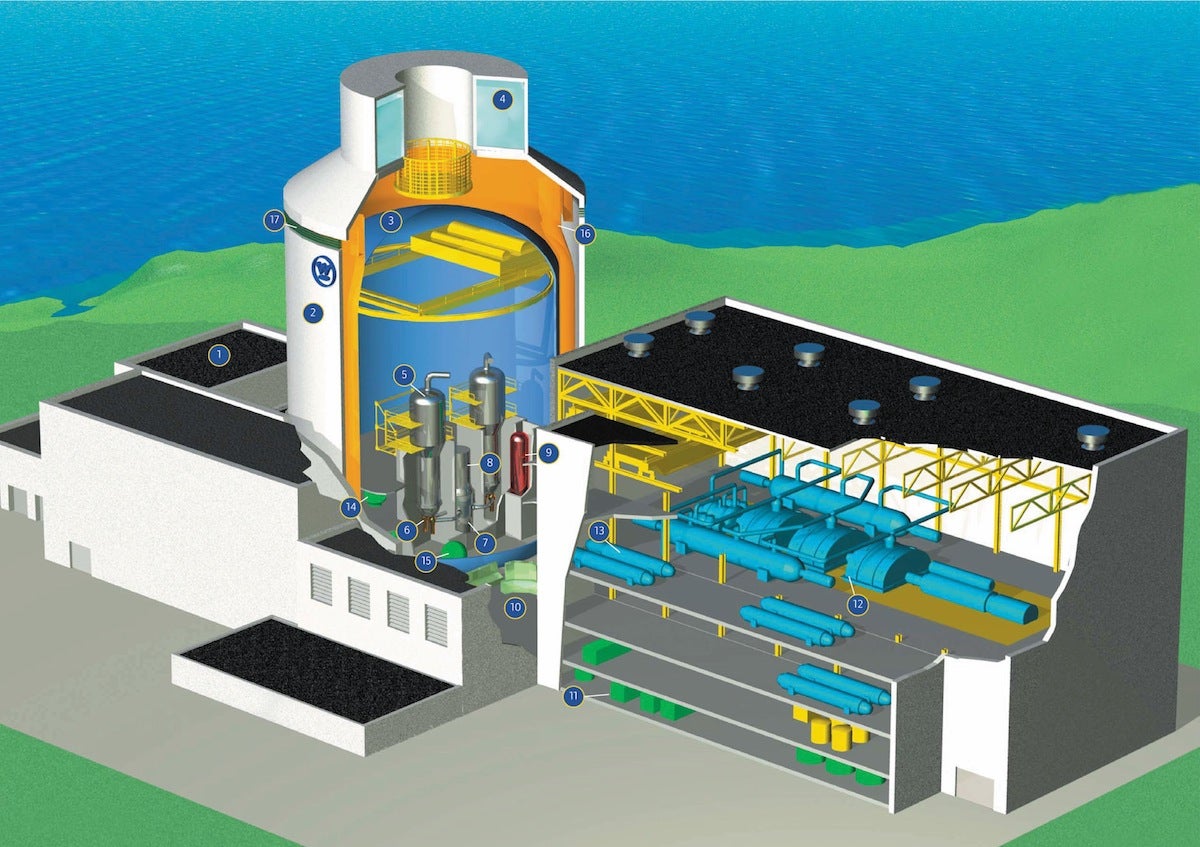China’s latest bid for global dominance is in building nuclear reactors
Asia’s two main economies appear to be winding down their moratoria on nuclear power. The latest is China, which says it is starting to build nuclear reactors again, 19 months after the Fukushima disaster in Japan triggered a nuclear power pullback around the world. By 2015, China will have 40 GW of nuclear power capacity, or 10 GW less than planned prior to Fukushima. The resumption fits into China’s aim of developing the world’s largest non-fossil-fuel energy sector.

Asia’s two main economies appear to be winding down their moratoria on nuclear power. The latest is China, which says it is starting to build nuclear reactors again, 19 months after the Fukushima disaster in Japan triggered a nuclear power pullback around the world. By 2015, China will have 40 GW of nuclear power capacity, or 10 GW less than planned prior to Fukushima. The resumption fits into China’s aim of developing the world’s largest non-fossil-fuel energy sector.
Last month, Japan too eased its nuclear ban, saying it will phase out nuclear power by 2040, but that meanwhile existing plans can proceed. Given Japan’s highly industrialized economy, experts are skeptical that the phaseout will take place. In Singapore, Nobuo Tanaka, former chief of the International Energy Agency, said Oct. 24 that Japan would pay too much for replacement fuels, and lose energy security. If the skeptics are correct, Japan, like China, will remain very much in the nuclear game.
One takeaway is that we are in the beginning of a rush into advanced nuclear power, known as “third generation” technology. In its Oct. 24 announcement, China said new reactors will be third-generation, which are more expensive and made by America’s Westinghouse and France’s Areva.
But Westinghouse’s and Areva’s market advantage may be short-lived, as China has copied Westinghouse’s AP1000 reactor (above) to produce a third-generation reactor technology of its own called CAP1400. Already, China dominates in the global market for solar panels and wind turbines, although a price crash has driven down any profits it can earn. It seems determined to get an edge in the nuclear game too.